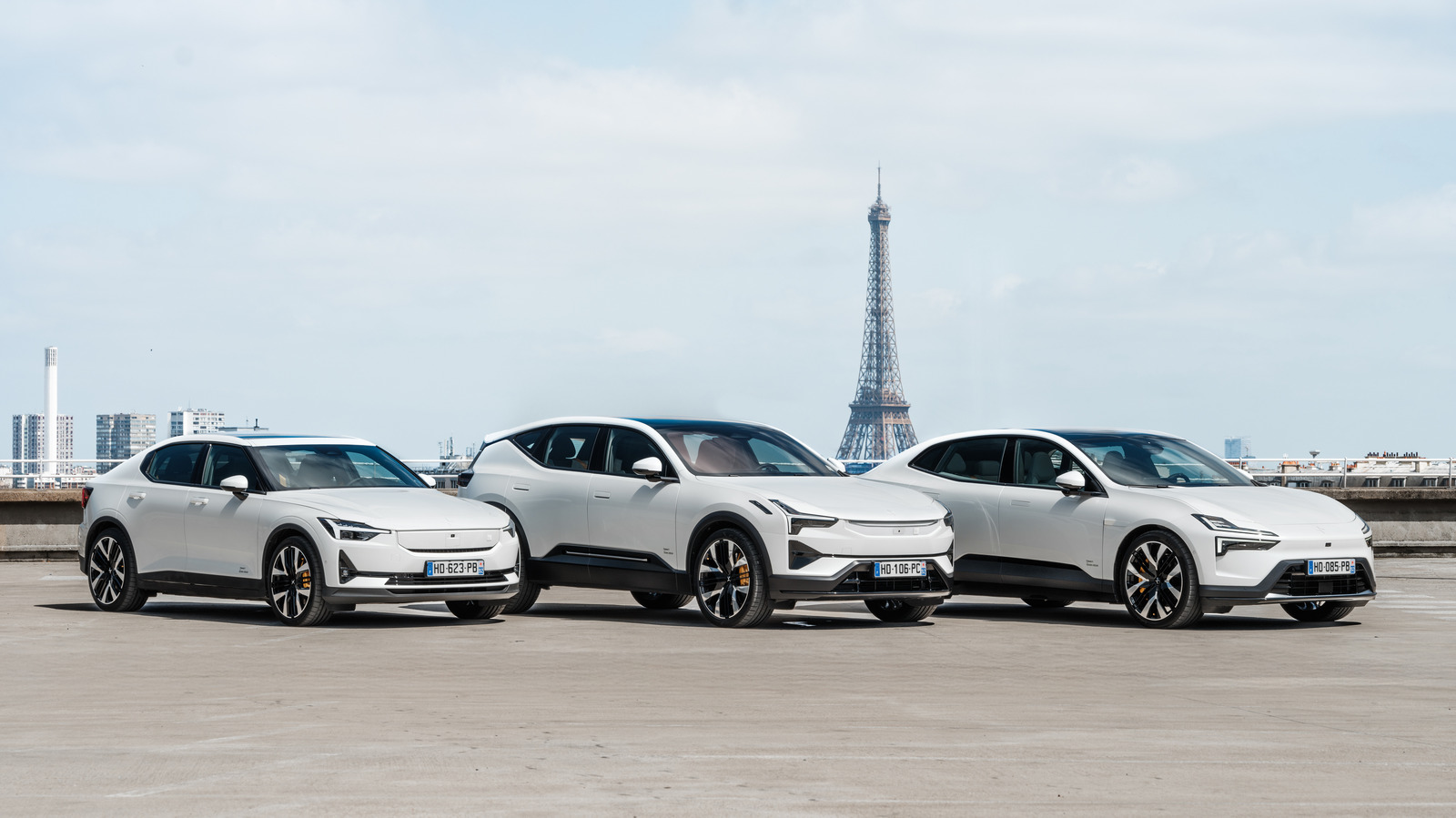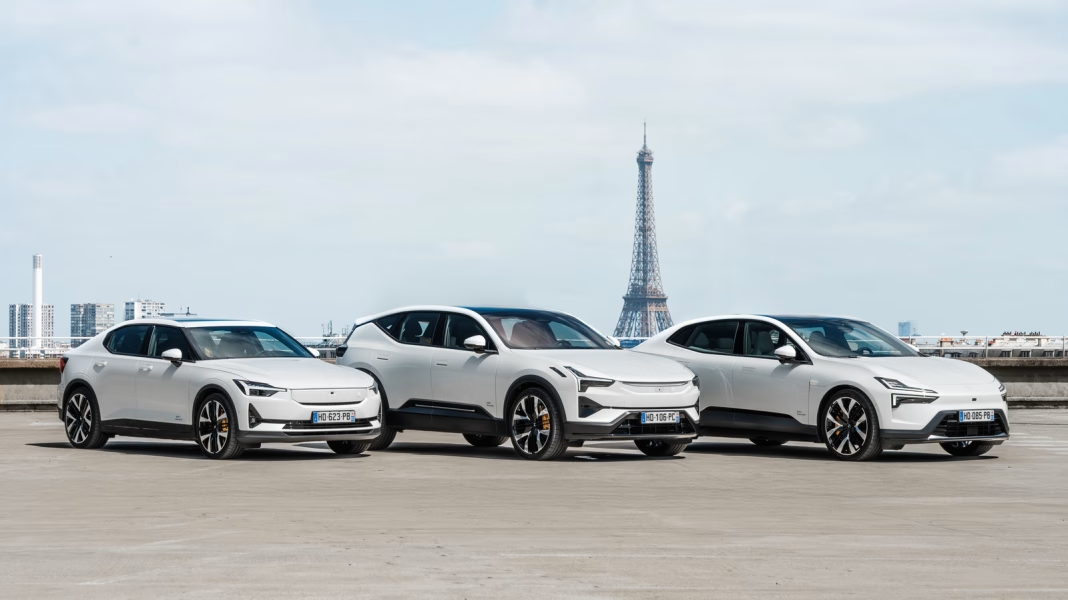Polestar has carved out a unique niche in the automotive landscape, emerging as a brand synonymous with electric performance and sustainability. But here’s a curious twist: despite being a Swedish company, none of its manufacturing plants are located in its home country. So, where exactly are these vehicles being produced, and what does this mean for the brand and its identity?
Where Are Polestar Cars Made?
Polestar operates several manufacturing facilities around the globe. The most notable is in China, where the majority of its vehicles are produced. This facility is part of a strategic partnership with Geely, a Chinese automotive giant that also owns Volvo. The choice to set up shop in China isn’t just about cost savings; it’s also about tapping into one of the largest markets for electric vehicles. With China leading the charge in EV adoption, Polestar is well-positioned to cater to this growing demand.
Additionally, Polestar has plans for a plant in the United States, which is expected to further enhance its presence in the North American market. This expansion aligns with the broader trend of automakers establishing local production to meet regional demand and comply with local regulations.
What Does This Mean for Polestar’s Brand Identity?
The decision to manufacture outside of Sweden raises interesting questions about brand identity and authenticity. For many consumers, especially those passionate about sustainability and local production, the idea of a Swedish brand producing cars in China might feel contradictory. However, Polestar embraces this global approach, emphasizing its commitment to sustainability and innovation over geographical boundaries.
In fact, Polestar’s operations in China are designed with sustainability in mind. The company has made significant investments in green manufacturing processes, including the use of renewable energy sources and sustainable materials. This commitment to environmental responsibility resonates with its target audience, who are increasingly looking for brands that align with their values.
How Does This Impact Quality and Innovation?
One of the concerns that often arises with overseas manufacturing is quality control. However, Polestar has implemented rigorous standards to ensure that every vehicle meets its high expectations. The collaboration with Geely also brings a wealth of experience in manufacturing, which can enhance the overall quality of Polestar vehicles.
Moreover, being part of a larger automotive group allows Polestar to leverage shared technology and research resources. This collaboration can accelerate innovation, enabling Polestar to stay ahead in the competitive EV market. For instance, advancements in battery technology and autonomous driving features are often shared across the Geely and Volvo brands, benefiting Polestar’s offerings.
What’s Next for Polestar?
Looking ahead, Polestar is not just focused on expanding its manufacturing footprint. The brand is also committed to enhancing its product lineup with new models that cater to different segments of the market. The upcoming Polestar 3, for example, is poised to enter the SUV market, appealing to consumers who prioritize space and versatility without sacrificing performance or sustainability.
Additionally, Polestar is actively engaging in discussions about circular economy practices, aiming to minimize waste and maximize resource efficiency throughout its production processes. This forward-thinking approach positions Polestar as a leader not just in electric vehicles, but in sustainable automotive practices as a whole.
The big takeaway? Polestar’s global manufacturing strategy isn’t about losing its Swedish roots; it’s about embracing a modern, sustainable approach to automotive production. By focusing on innovation and environmental responsibility, Polestar is redefining what it means to be a global brand in today’s interconnected world. So, whether you’re eyeing a sleek Polestar 2 or waiting for the Polestar 3, rest assured that these vehicles embody a commitment to quality and sustainability that transcends borders.


